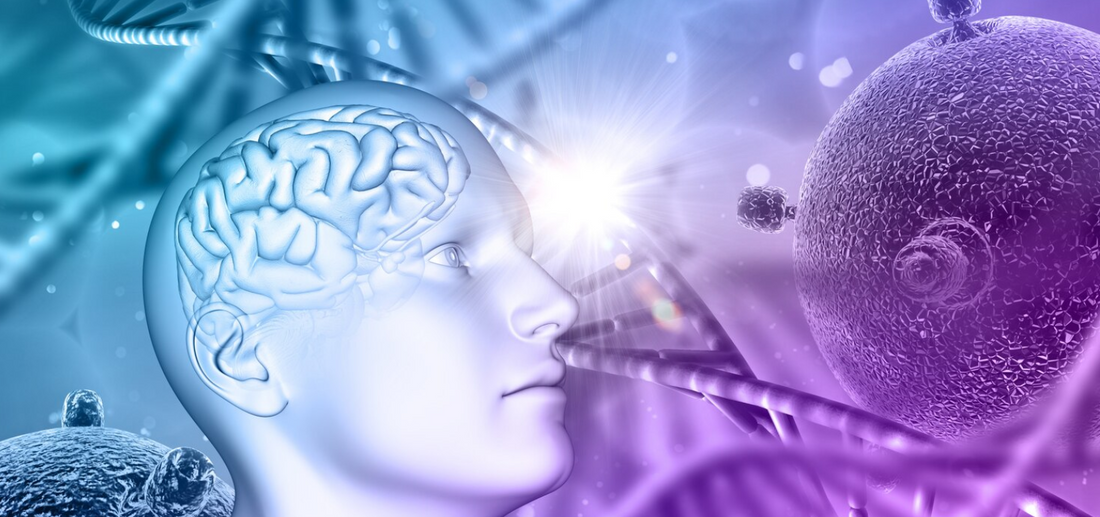Pain is a universal human experience, ranging from mild discomfort to debilitating agony. Fortunately, advancements in medicine have provided a multitude of options for pain relief, known as painkillers or analgesics. These medications target various pathways in the body to alleviate pain and improve overall well-being. Let's explore the fascinating world of painkillers and uncover how they work.
Types of Painkillers
Painkillers can be broadly classified into three main categories based on their mechanisms of action:
-
Nonsteroidal Anti-Inflammatory Drugs (NSAIDs): NSAIDs, such as aspirin, ibuprofen, and naproxen, work by inhibiting the production of prostaglandins, which are hormone-like substances that promote inflammation and sensitize pain receptors. By reducing inflammation, NSAIDs provide relief from pain associated with conditions such as arthritis, menstrual cramps, and headaches.
-
Acetaminophen: Unlike NSAIDs, acetaminophen primarily acts on the central nervous system by inhibiting the production of prostaglandins in the brain. While acetaminophen is effective for relieving pain and reducing fever, it lacks anti-inflammatory properties. It is commonly used for managing mild to moderate pain and is often recommended as a first-line treatment for conditions such as fever, headache, and musculoskeletal pain.
-
Opioids: Opioids, such as morphine, codeine, and oxycodone, exert their analgesic effects by binding to opioid receptors in the brain and spinal cord. This interaction modulates the transmission of pain signals and alters the perception of pain, resulting in pain relief. Opioids are potent pain relievers used for severe acute pain, such as post-surgical pain, as well as chronic pain conditions, including cancer-related pain and neuropathic pain.
Mechanisms of Action
The mechanisms of action of painkillers vary depending on their classification:
-
NSAIDs: NSAIDs inhibit the activity of cyclooxygenase (COX) enzymes, which are involved in the synthesis of prostaglandins. By blocking COX enzymes, NSAIDs reduce the production of prostaglandins, thereby decreasing inflammation and pain sensitivity.
-
Acetaminophen: The exact mechanism of action of acetaminophen is not fully understood. It is believed to inhibit an enzyme called cyclooxygenase (COX) in the brain, similar to NSAIDs. However, acetaminophen has minimal anti-inflammatory activity and primarily acts as a pain reliever and fever reducer.
-
Opioids: Opioids exert their effects by binding to specific receptors in the brain and spinal cord known as opioid receptors. This binding inhibits the release of neurotransmitters involved in pain transmission, such as substance P, and activates pathways that modulate pain perception, resulting in pain relief.
Safety Considerations
While painkillers can be highly effective for managing pain, it's essential to use them responsibly and under the guidance of a healthcare professional. Overuse or misuse of painkillers, particularly opioids, can lead to addiction, overdose, and other serious health complications. Always follow dosage instructions, avoid combining painkillers without medical supervision, and be mindful of potential side effects and interactions.
By understanding how painkillers work and their respective mechanisms of action, individuals can make informed decisions about pain management and optimize the effectiveness of treatment. Remember, pain relief should always be pursued with caution and awareness of potential risks.




